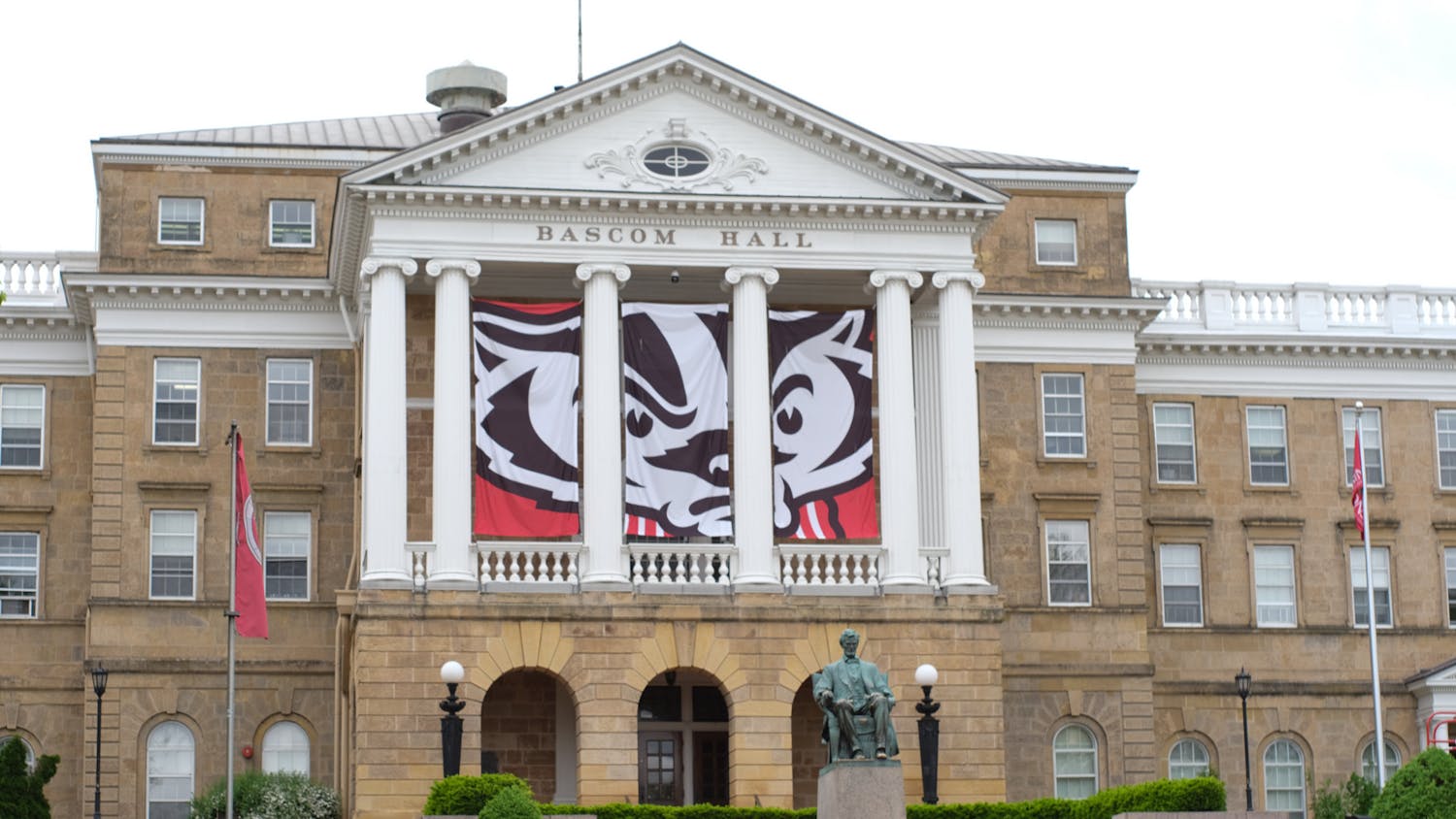The feeding habits of a well-known dinosaur have become more defined thanks to UW-Madison senior Daniel Hyslop, who discovered a leftover dinosaur bone that indicates the Tyrannosaurus rex may have ripped meat off the bones of its prey rather than eating prey whole, bones and all.
Hyslop, who presented his findings to the Geological Society of America in Denver Nov. 8, discovered serrations on a small rib bone from a hadrosaur, a duck-billed dinosaur that lived 66 million years ago. The serrations are consistent with the size and shape of Tyrannosaurus rex teeth.
Hyslop uncovered the hadrosaur bones in the university's geology museum, which lent them to him for his senior thesis project.
\It turned out to be a lucky stroke for me,"" Hyslop said.
Hyslop matched the serrations exactly with a T. rex tooth under a microscope.
""Just from how uniformly spaced the marks are, you can tell they were not the result of weather or water. It pretty much has to be T. rex. The size is right on,"" Hyslop said.
The grooves on the bone may offer insight into how T. rex might have stripped meat from the bones of its prey, information previously unknown about T. rex. The marks are lateral serrations on the rib bone, implying that the prey was on the ground and the T. rex ripped meat off of it in a sideways gnawing motion.
This finding does not prove whether T. rex was strictly a predator or scavenger, but it adds to the knowledge of what happened to prey once it was killed. The observation indicates T. rex took its time to pull meat off the bone, instead of merely slaying its prey and swallowing it in large gulps.
""T. rex is the most famous of dinosaurs. As a result, there has been a lot of research done on him. What Dan has found is something not known before,"" geology museum director Richard Slaughter said. ""From this point on, people will now adjust their search image. Fossils will now be examined for these marks.""
The next step, Slaughter noted, is to make a specific computer model simulating T. rex's feeding habits on a larger scale.
Clint Boyd, a UW senior who works with Hyslop, helped deduce the origin of the hadrosaur bone. The museum still contains many more artifacts still unexamined.
""It is up to [us] undergrads to find out what is of importance and bring it to the attention of the scientific community,"" Boyd said.





